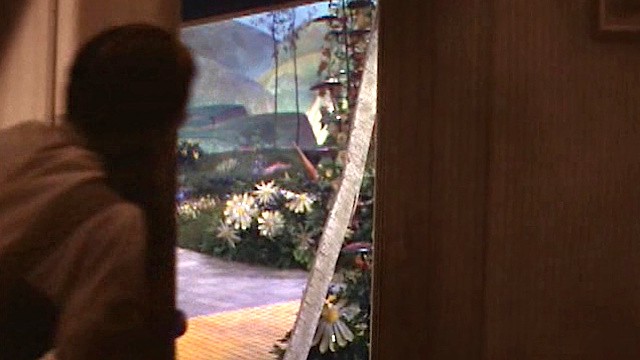(link to) Group Agreement
This week (7) was the first of many weeks focused on our major media artefact (assignment 4). We started on Monday briefly going over the task and formed groups of 4-5/6, going around the room to clarify our own wants in relation to the task to form likeminded groups. For Wednesday’s class, we focused on goals, expectations, communications, and roles and responsibilities.
One member of the group I volunteered to join was to create a narrative around one central character, like Mr. Bean. I liked this idea as I think it will allow us to infuse the artefact with a plethora of plot devices aside from comedy. We quickly assured we were all in an Instagram group chat in order to communicate throughout the next several weeks. Additionally, we bounced off each other’s ideas as a baseline concept. A concept that was developed further in Wednesday’s class. Also in Wednesday’s class, we focused on curating a group agreement (see above) outlining goals, expectations, communication protocols, and roles and responsibilities (which were vaguely decided upon). In which agreement, we thought about what we are aiming to achieve and how to achieve it, including the use of RMIT equipment, playing into strengths and weaknesses, and of course, respect.
As for the concept itself, we all agreed on having a central character that was out of touch with reality, enabling us to comment or critique a social issue or topic (satire). The idea landed on a 17 again or Suddenly 30-esque style. We talked about potentially transporting someone from the 1920s (as dictated by costuming and personality) into the 21st century, which would be achieved through a shift from black and white/sepia to colour (like The Wizard of Oz [with potential to allude to the film]). Furthermore, we discussed how we wanted to be less overtly comedic by including more dramatic themes or plot points. Ultimately however, this idea isn’t finalised and may change in future.
We didn’t have much time to talk about the project aside from the broader premise and were merely throwing ideas around. However, I would personally like to make something that’s (almost too) lively. I think, assuming we go from black and white/sepia to colour, this dichotomy may help us make the artefact more surreal (dream-like–again Wizard of Oz-like), and ultimately advance the satirical approach we’re currently aiming for.
Style/mood inspiration (Wizard of Oz [1939], The Good Place [2016-2020], Hairspray [2007])


